Address
2 Porters Mews
Codicote, Hertfordshire SG4 8US
Send An Enquiry
info@manufacturingsolution.co.uk
Address
2 Porters Mews
Codicote, Hertfordshire SG4 8US
Send An Enquiry
info@manufacturingsolution.co.uk
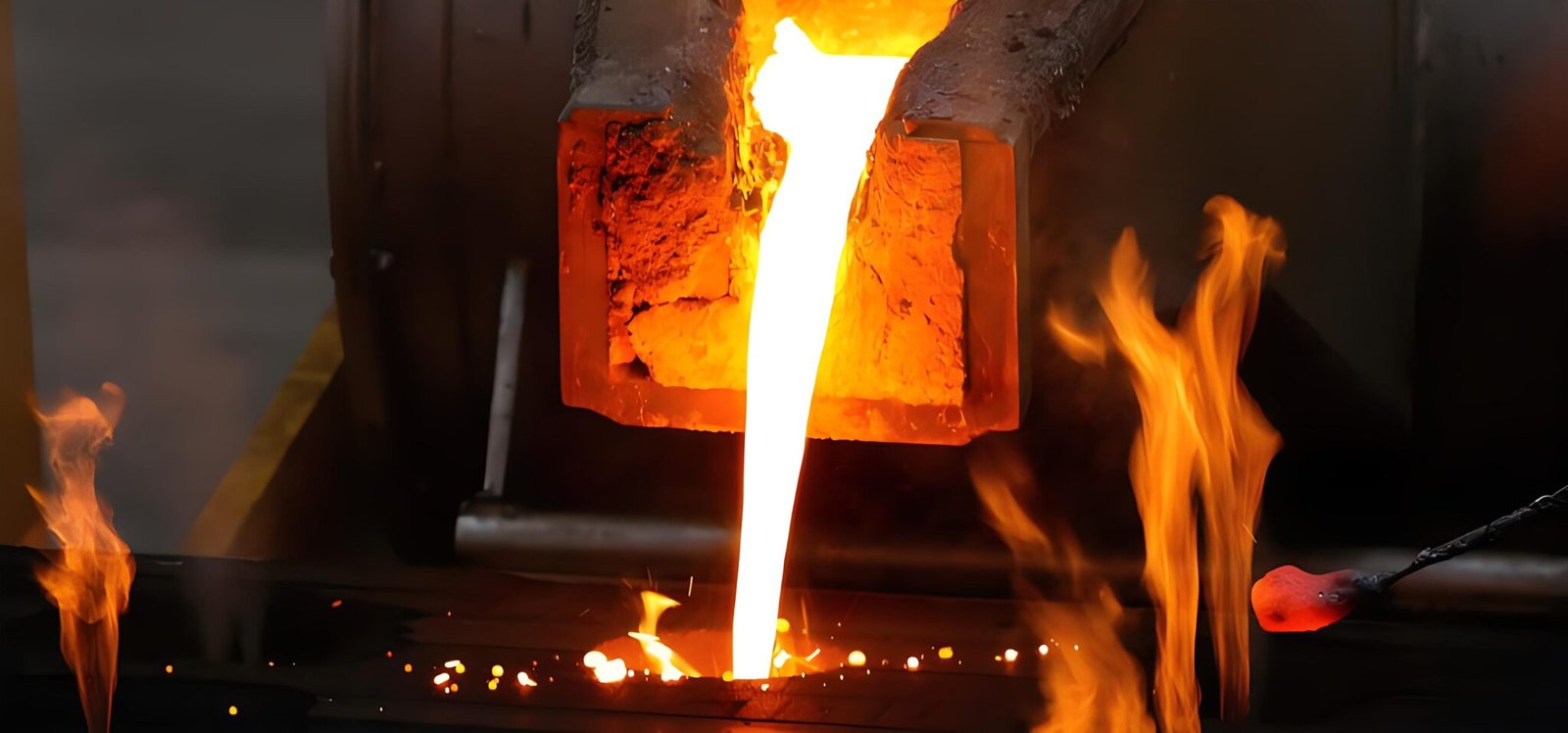
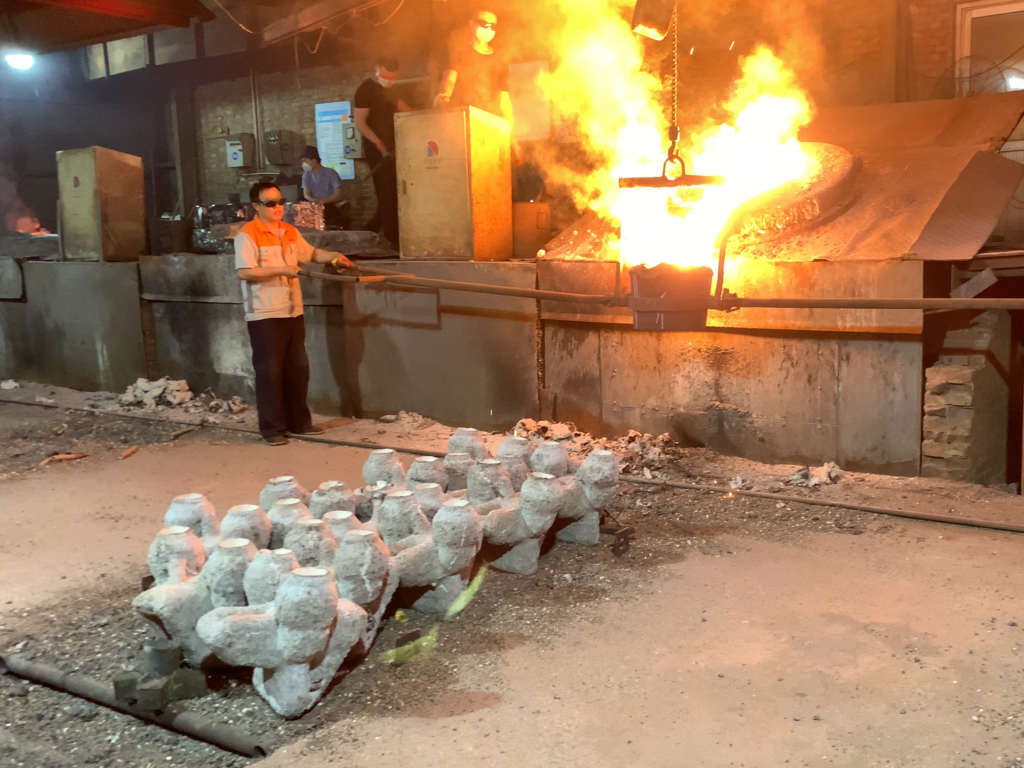
When it comes to metal casting processes, investment casting and die casting are two prominent methods used across various industries for manufacturing precision parts and components. Each technique has its unique advantages, applications, and limitations. Understanding the differences between these two processes can help manufacturers and engineers choose the most suitable method for their specific projects. Let’s delve into the key distinctions between investment casting and die casting.
The process of investment casting, also known as lost wax casting, is a precision casting technique used to create detailed and intricate metal components. It is known for its ability to produce parts with complex shapes, tight tolerances, and a high-quality surface finish. The process involves several key steps:
The process of die casting is a metal casting technique that involves forcing molten metal under high pressure into a mould cavity. This method is known for its ability to produce large quantities of complex shapes with a high degree of uniformity, dimensional accuracy, and smooth surface finishes. The die casting process is typically used with non-ferrous metals, such as aluminum, zinc, magnesium, and copper alloys. Here’s an overview of the key steps involved in the die casting process:
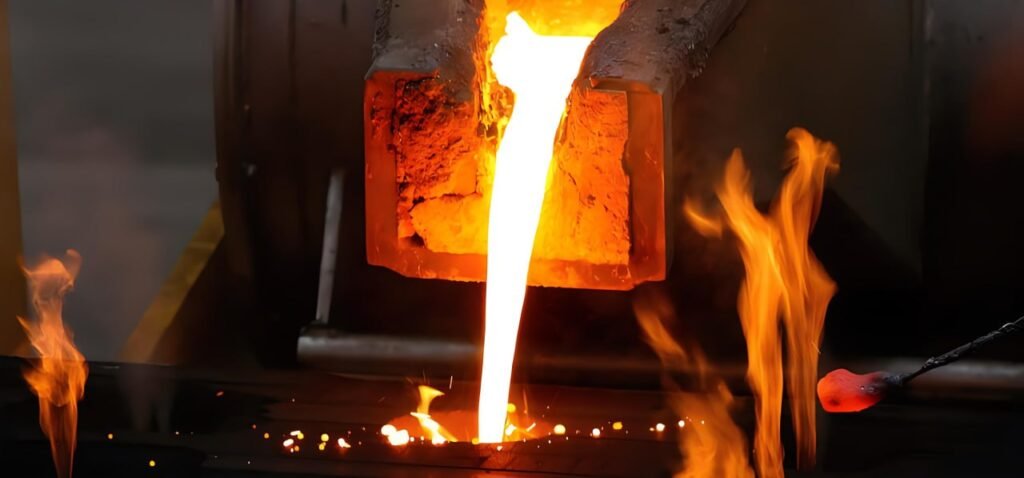
Investment casting offers a broader selection of materials, including both ferrous and non-ferrous metals, and is particularly suitable for high melting point alloys and complex designs. In contrast, die casting is focused more on non-ferrous metals, providing high productivity and cost-effectiveness for parts that require high dimensional accuracy and smooth surface finishes. The choice between the two methods depends on the specific requirements of the project, including material properties, part complexity, and production volume.
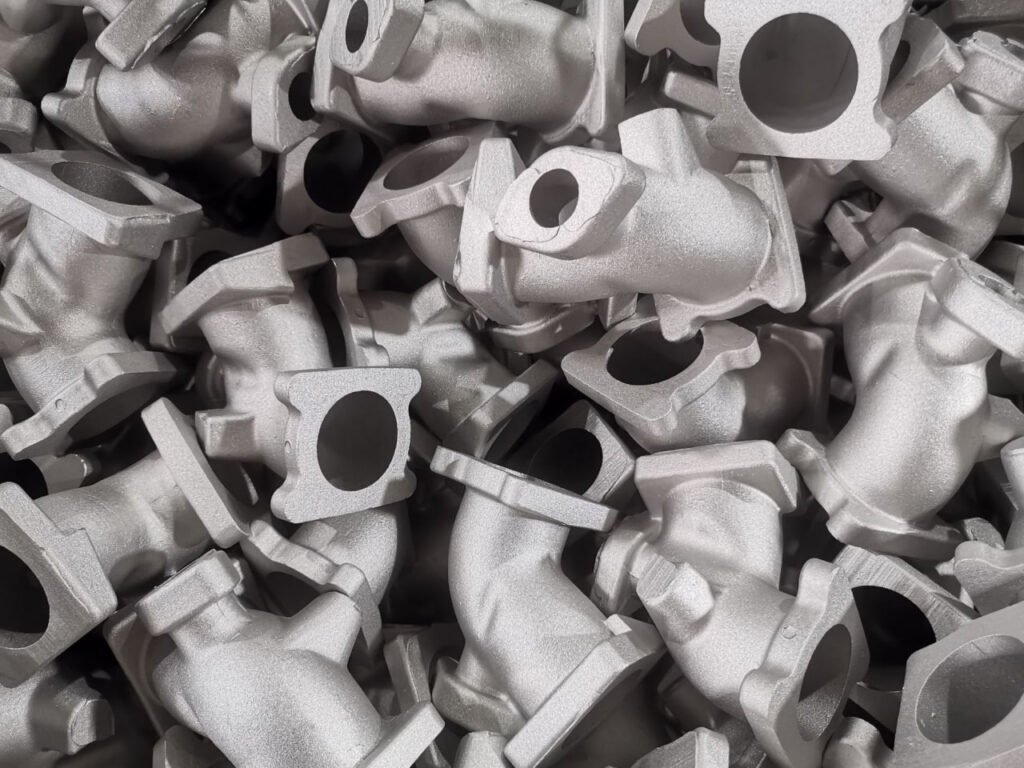
Investment casting is renowned for its superior dimensional accuracy, achieving tolerances as precise as CT4 to CT7. This process excels in producing parts with intricate details, including those with complex internal geometries, undercuts, and thin walls, typically ranging from 0.75 mm and upwards.
One of the hallmark advantages of investment casting is its ability to achieve a smooth surface finish directly out of the mould, typically in the range of 1.6 to 3.2 micrometers Ra, thereby reducing or even eliminating the need for further machining or finishing processes. The versatility of investment casting permits exceptional design flexibility, allowing for the creation of complex shapes that would be difficult, if not impossible, to achieve through other metal casting methods. From aerospace components that demand high precision to custom jewelry pieces that require intricate patterns, investment casting serves a wide array of industries due to its capability to handle diverse and challenging designs.
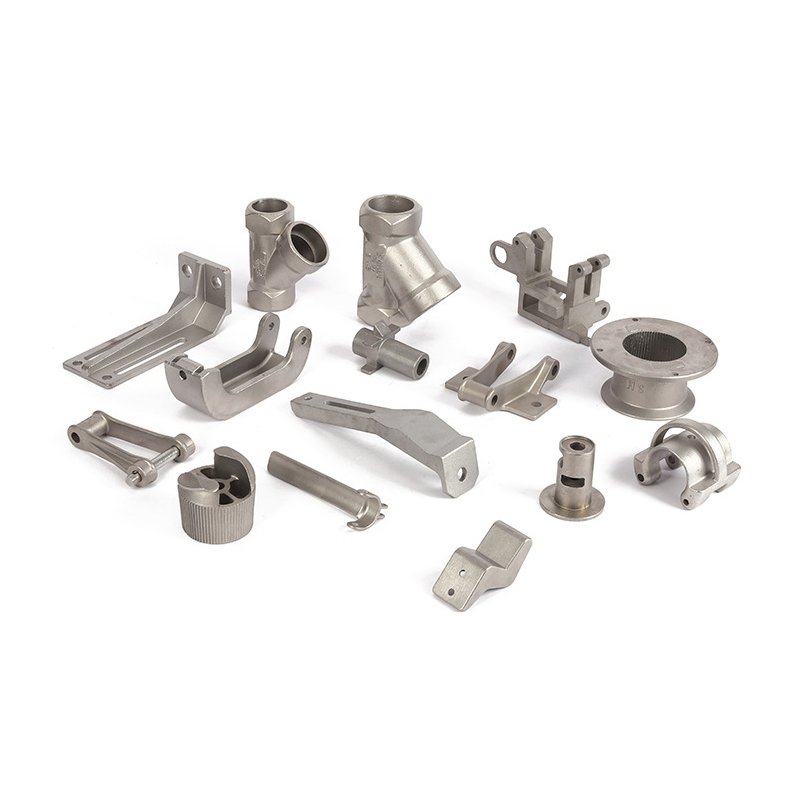
Die casting stands out for its high level of precision, consistently delivering parts with tolerances ranging from CT5 to CT10. This method is particularly effective for manufacturing components with uniform dimensions and sharply defined features, making it a popular choice for mass production. Die cast parts exhibit excellent surface finishes straight from the die, with average surface roughness values typically between 1.6 to 0.8 micrometers Ra.
While die casting is capable of producing detailed components with significant accuracy, the process is generally better suited for parts with less intricate internal geometries compared to investment casting. The design limitations are partly due to the nature of the die casting process, where molten metal is injected under high pressure into steel molds. This method is highly efficient for producing strong, durable parts with good surface finish in materials like aluminium, zinc, and magnesium alloys. However, the initial cost of tooling and the physical constraints of the die can limit the feasibility of producing extremely complex or delicate features found in investment casting.
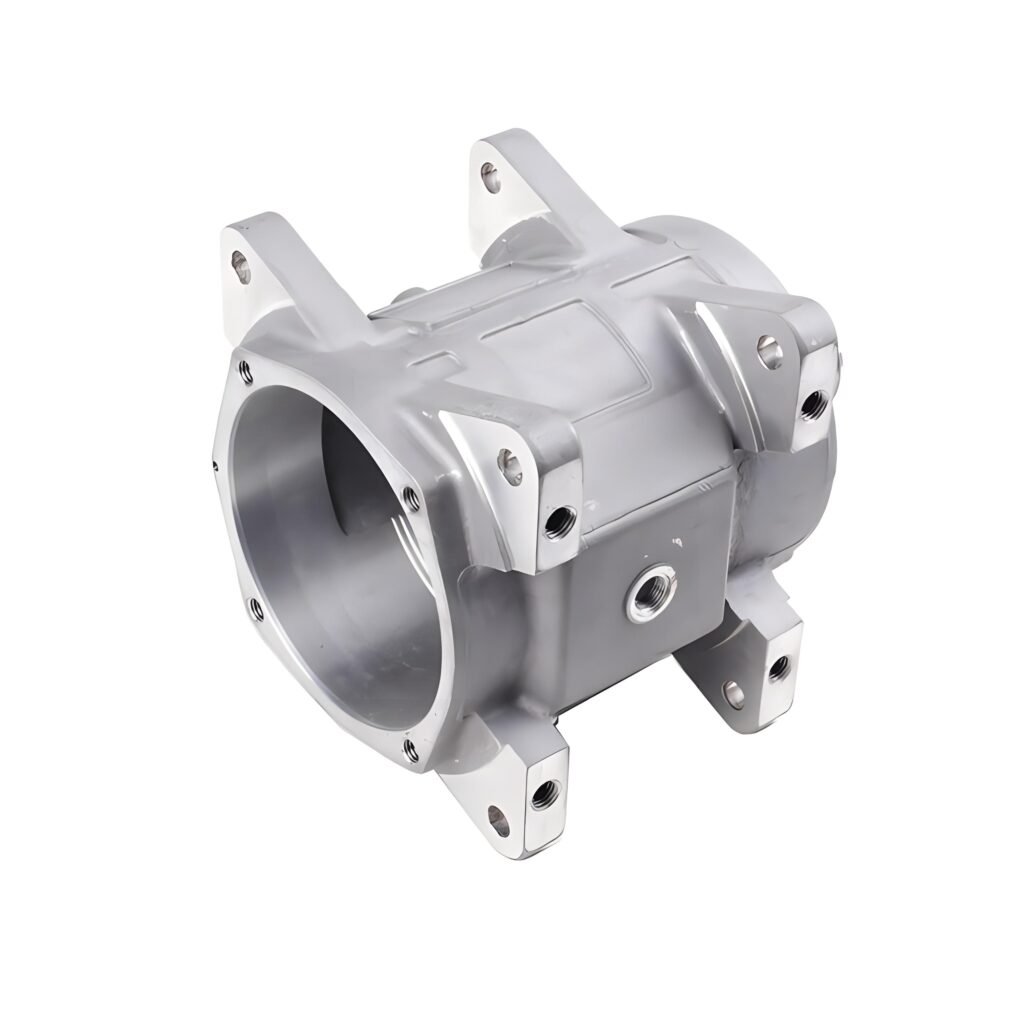
Investment casting is particularly advantageous for small to medium-sized production runs, where its slightly higher cost per unit can be justified by the complexity and quality of the parts produced. This method’s relative cost-effectiveness is due to several factors, including the process of creating wax patterns and the subsequent need for individual ceramic shells for each part.
Despite these higher per-unit costs, investment casting presents lower upfront tooling expenses in comparison to die casting. This aspect makes it an economically viable option for projects requiring fewer quantities, as the reduced tooling costs can significantly lower the overall investment for small-scale productions. Additionally, investment casting can accommodate a wide range of materials and intricate designs without the need for additional machining, potentially saving costs on further processing. This method is ideal for applications where precision, material variety, and complex geometries are paramount, and the quantity needed does not justify the high initial costs associated with die casting tooling.
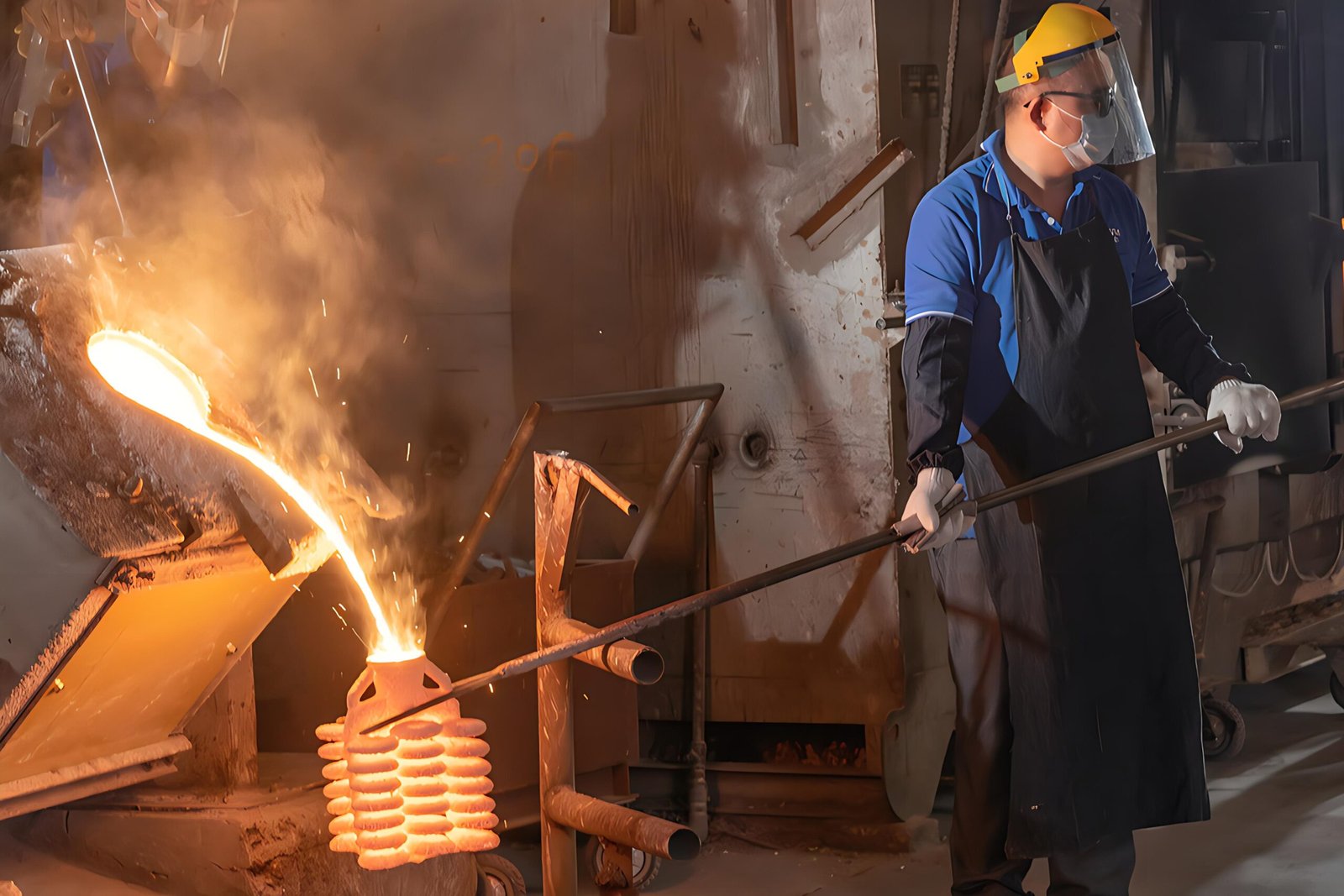
Die casting is optimally suited for high-volume production runs, where its efficiency and speed significantly reduce the cost per unit. The process is characterised by the use of durable steel dies that can withstand the high-pressure injection of molten metal, making it possible to produce thousands, or even millions, of parts before the tooling begins to show wear.
Although the initial cost of creating these steel dies is substantial, this investment is quickly recuperated as the production volume increases, thanks to the economies of scale. The per-unit cost decreases as more parts are produced, rendering die casting an exceptionally cost-effective method for mass production. This efficiency, combined with the ability to produce parts with tight tolerances and minimal finishing requirements, makes die casting a preferred choice for industries requiring large quantities of components, such as automotive, consumer electronics, and household appliances.
The high throughput and consistency of die casting, alongside the reduced need for secondary machining and finishing processes, contribute to its overall cost-efficiency in large-scale manufacturing ventures.
when comparing the production volume and cost implications of investment casting and die casting, the choice between these two methods hinges on the scale of production and the specific requirements of the project. Investment casting serves well for lower-volume productions where the unique benefits of versatility, complex geometries, and lower initial tooling costs are key considerations. In contrast, die casting stands out in scenarios demanding high-volume production, where the initial investment in tooling can be justified by lower per-unit costs and the efficiencies gained through mass production.
Investment casting’s versatility and precision make it a preferred choice across a broad spectrum of industries that demand intricate details, superior surface finishes, and complex geometries. Beyond its traditional applications in aerospace, medical, automotive, and military sectors, investment casting has significant implications in several other fields:
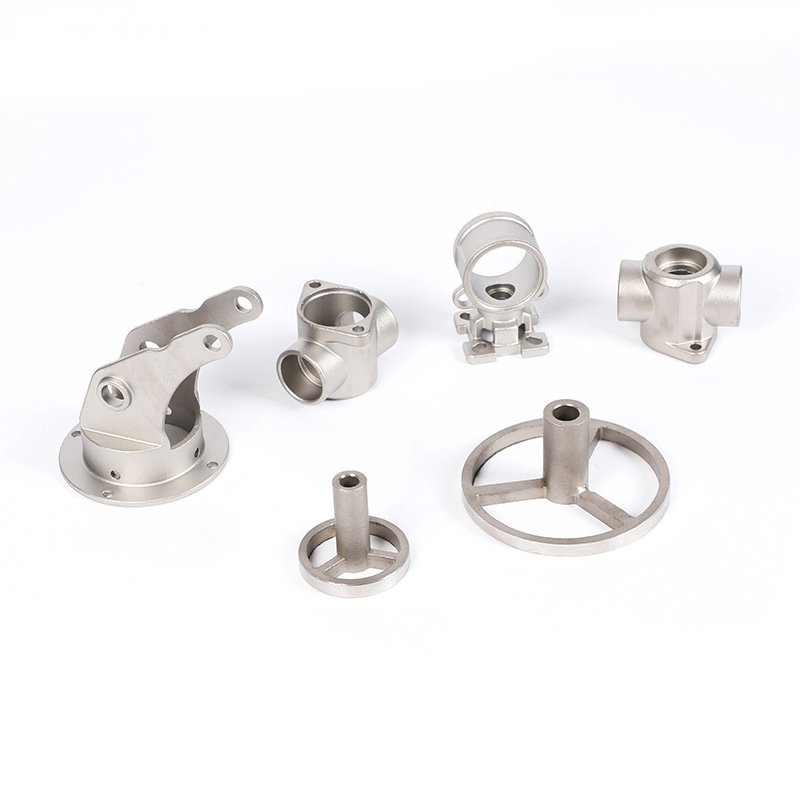
Die casting’s efficiency and ability to produce durable parts swiftly make it the go-to process for high-volume production needs across diverse industries. Its application in automotive, consumer electronics, and household appliances is well-established, but die casting is also pivotal in:
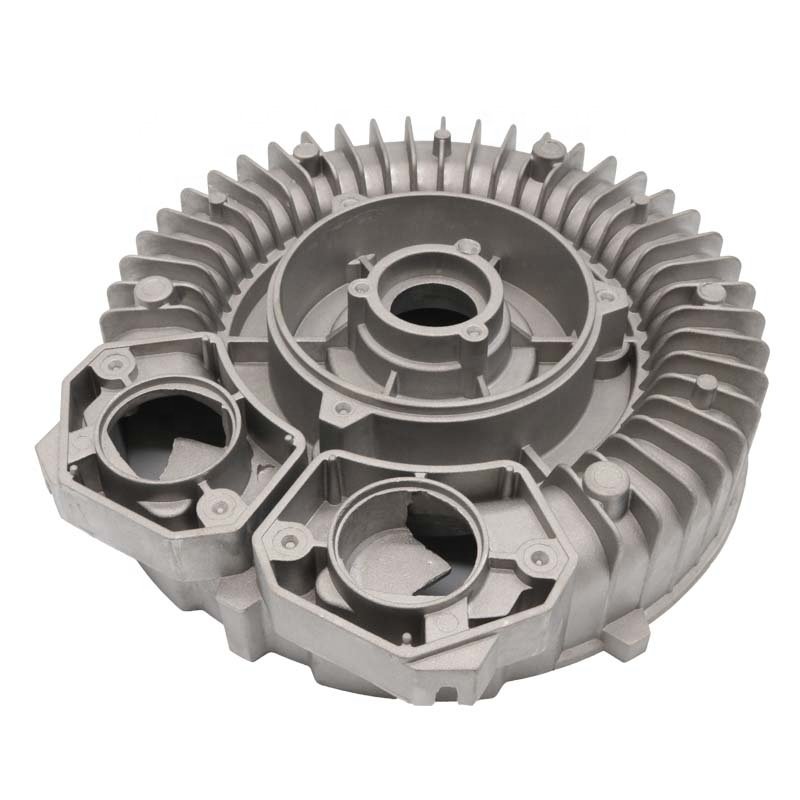
Both investment casting and die casting play indispensable roles in modern manufacturing, catering to a wide array of applications. The choice between these two processes depends on the specific requirements of the project, including the complexity of the parts, the volume of production, the properties of the materials used, and the criticality of precision and surface finish. Each method’s distinct advantages make them suitable for their respective applications, highlighting the importance of selecting the right casting process to meet the project’s demands effectively.
When comparing investment casting and die casting, the distinction primarily lies in the methods used, the materials suitable for each process, and their optimal applications. A & M Manufacturing Company Ltd showcases its proficiency in both these casting processes, adeptly meeting the diverse needs of various industries with high-quality, precision-engineered components.
Investment casting is celebrated for its exceptional ability to create intricately detailed parts with complex geometries and excellent surface finishes. This method is particularly advantageous for producing components in a broad spectrum of materials, including carbon steel, stainless steel, and various alloys, making it ideal for sectors requiring precision and intricacy, such as aerospace, medical, and military industries. Our investment casting process allows for unparalleled design flexibility and complexity, enabling the production of components that might otherwise be challenging to manufacture.
On the other hand, die casting is distinguished by its efficiency in high-volume production, leveraging non-ferrous metals like aluminium, zinc, and magnesium to produce parts with consistent dimensions and sharp, defined features. This process is highly favoured in the automotive, consumer electronics, and household appliances industries, where durability, volume production, and cost-effectiveness are paramount. Die casting’s capability to produce robust components swiftly makes it a go-to solution for manufacturing large quantities of parts with high dimensional accuracy.
A & M Manufacturing Company Ltd’s comprehensive capabilities extend across both investment and die casting, ensuring that whether a project demands the intricate precision of investment casting or the robust efficiency of die casting, we are equipped to deliver.
Our dedication to quality is underscored by our adherence to ISO 9001 and IATF 16949 standards, reflecting our commitment to achieving excellence in every component we produce. With advanced production facilities and a team of skilled professionals, we are adept at providing bespoke manufacturing solutions, including rapid prototyping and custom tooling design, catering to the unique requirements of each project.
In essence, the choice between investment casting and die casting hinges on the specific needs of the project, including material preferences, complexity, volume, and cost considerations. A & M Manufacturing Company Ltd stands ready to guide our clients through these choices, leveraging our extensive experience and capabilities to ensure optimal outcomes for every manufacturing challenge.